New Wave Music Creates New genres
New music is an evolution of the classical music culture, and as such represents the creative and cutting edge of classical music. After all, new music isn’t really that new: it’s just that: new music composed by living human composers. That means that new music has to have some kind of personality, a unique quality that sets it apart from the great classical works of the past. What sets some music apart? Let’s examine a few potential answers.

Most people associate modern and new music with genres which were popular during the last century or so: pop, rock, jazz, folk, metal, and techno are all examples. All these genres have released their own sound creations, often with substantial influences from classical music, but in their own right. Pop, rock, and jazz have shaped much of the popular music of the past few decades, particularly the styles which became popular in the sixties and seventies. And while many new artists from outside of the traditional music world are influenced by classic and popular music, others, such as the Rolling Stones or Paul McCartney, have made a career out of re-popularizing genres. These examples of new music show a world music influenced by classical compositions in a completely new light.
While these new genres are still relatively new, they do share some characteristics with the work of twentieth century art music composers who are already well-established in their fields. For instance, new and unfamiliar music often includes textures and rhythmic patterns that echo and mirror classical composers’ work. Many new music pieces also feature a wide variety of instruments and voices, which classical composers often do not. Similarly, both new and contemporary music borrows heavily from genres which have been considered “dead” throughout the history of music, especially classical styles. Examples include modern rock, drone and industrial music, and even classical pieces like Handel’s “Fur Elise”.
Yet, just because contemporary and new music borrows from the world’s past, it doesn’t mean that its origins are very far from classical forms or older forms of art. After all, many of the new and emerging songs that you hear today originated in the twenty-first century. In fact, many artists today wouldn’t even consider themselves to be completely original if it weren’t for the influences of old classical composers like Hector Van Hoek. This artist created one of the most popular themes from classical standards, “jongla”, and incorporated several choirs from various eras of world music into the composition. Other contemporary artists who have taken an interest in old standards include the violinist Peter Young, the multi-instrumentalist Mark Langan, and the cellist Yo-Yo Ma.
New and contemporary music composers aren’t completely borrowing from past classical compositions. Instead, many new and popular songs are being created today using new technology. An example of this is Miguel Delgado’s “Te Amo”, which features Delgado’s own interpretations of Old Spanish tunes. The song originally was recorded by Enea Solano (Esa Doble), but was later rediscovered by Miguel delgado. Miguel has said that he used “te amo” as a reference point because the piece was performed in the church belonging to his own religion many years ago, so he includes Old Spain in his compositions, even though he uses modern instruments in his arrangements.
The new wave music of today has influenced many genres of music. From pop to rock, new wave is constantly reinstalling new elements of music in new wave bands (i.e. Queensryego and Take That), while bringing classic sounds back to the mainstream (i.e. Sonic Youth and Nine Inch Nails).